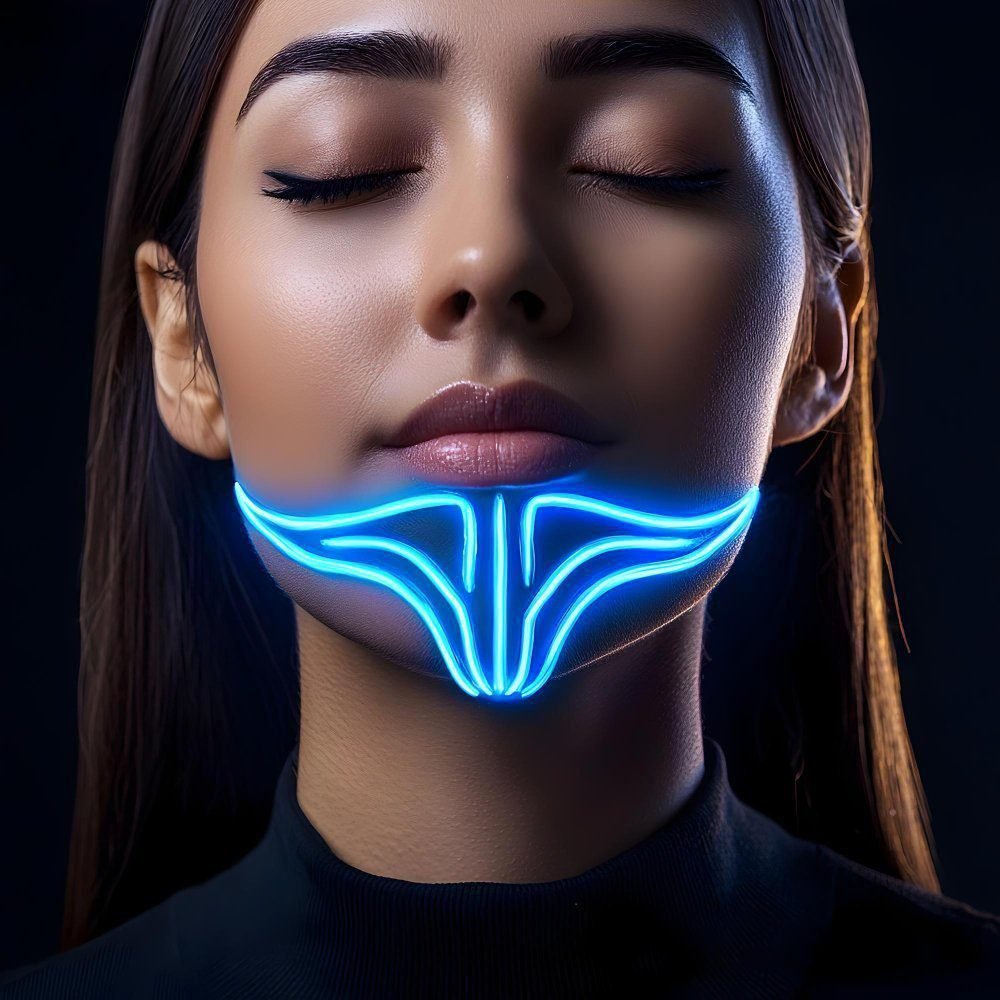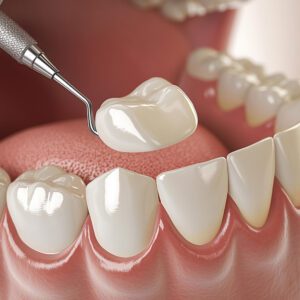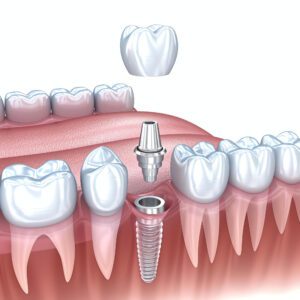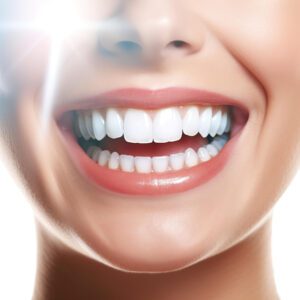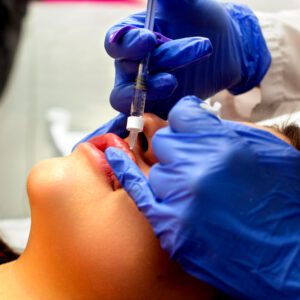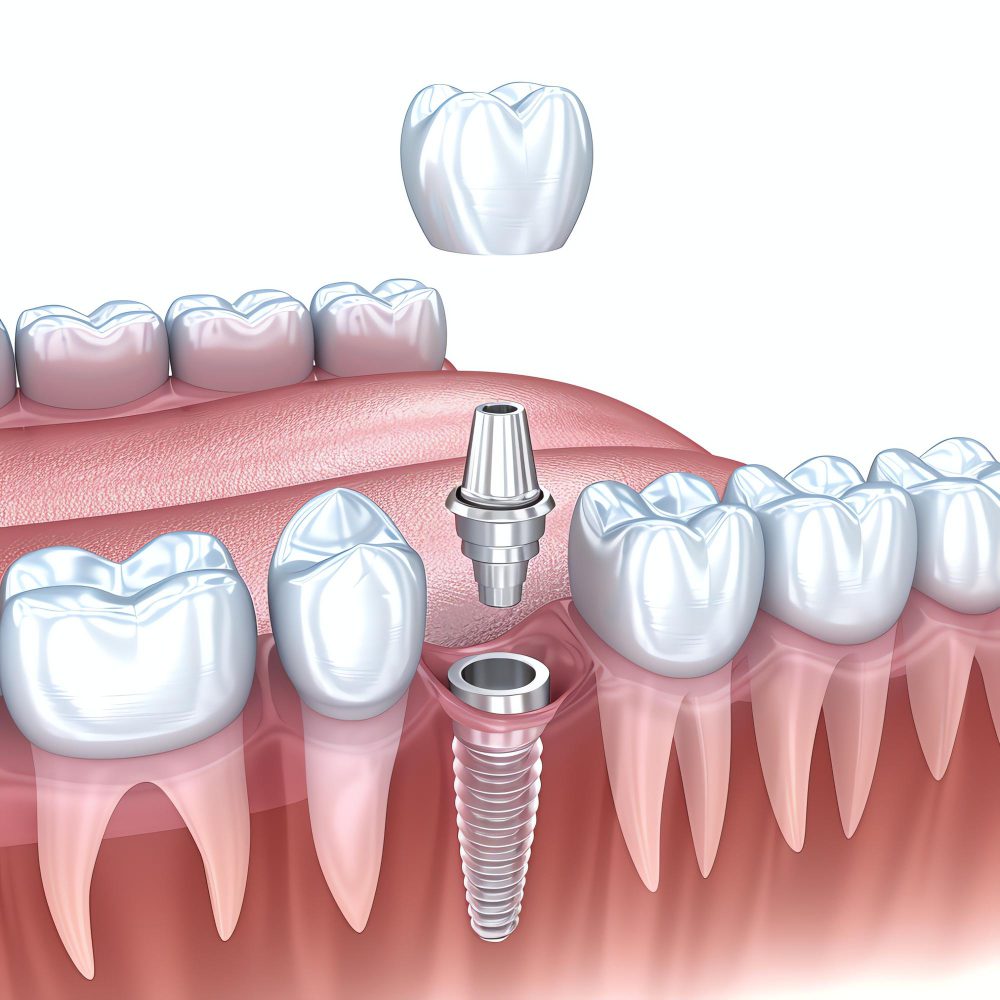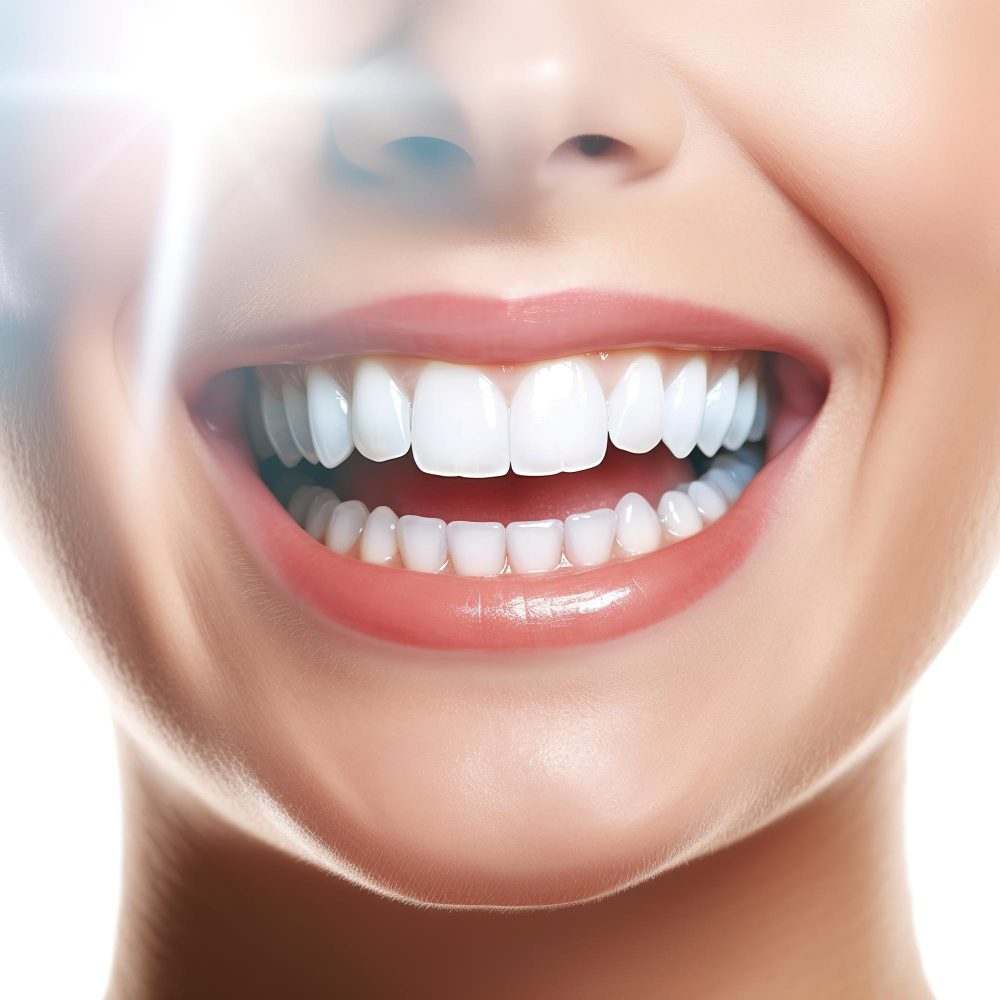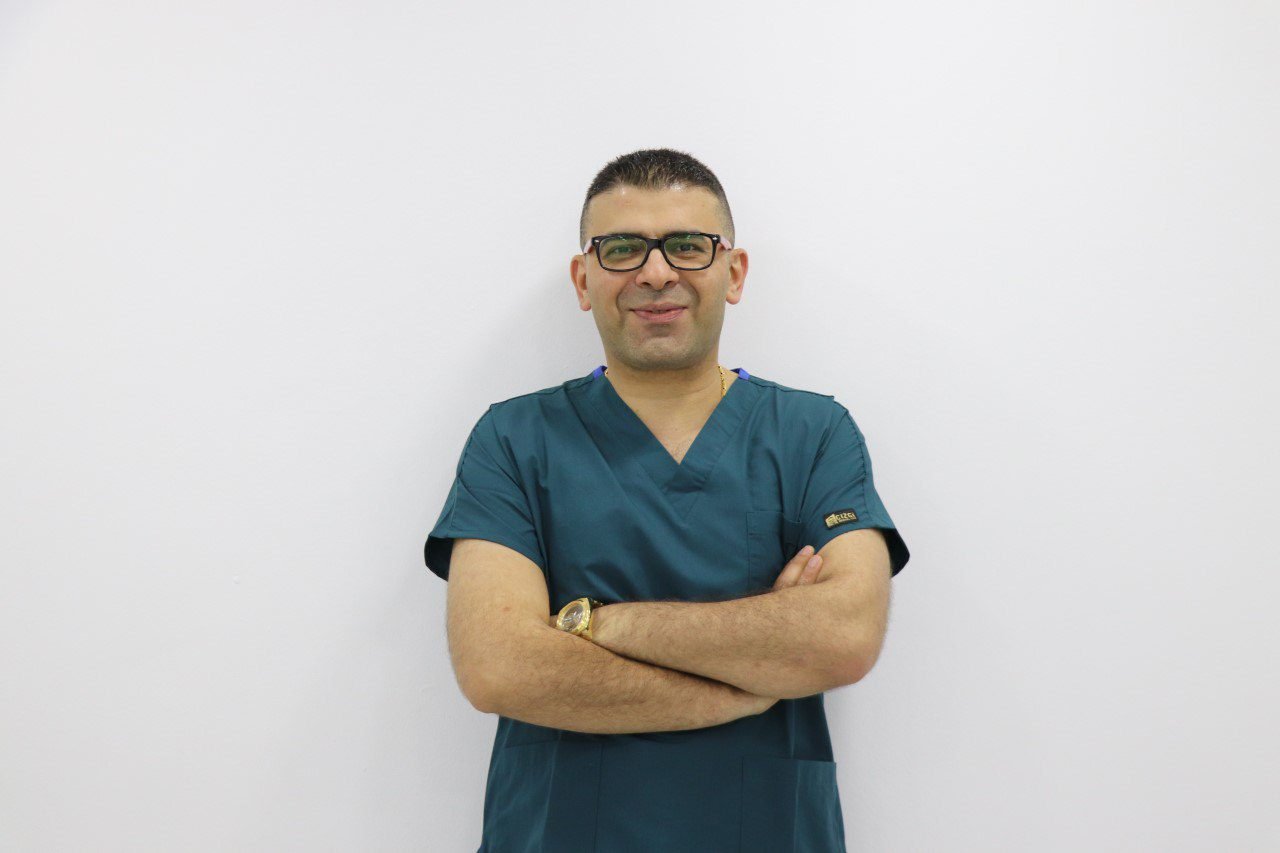Introduction to Corrective Jaw Surgery
Corrective jaw surgery, commonly referred to as orthognathic surgery, is a specialized surgical procedure designed to rectify structural irregularities in the jawbone. This surgical intervention addresses a range of issues that can adversely affect individual health, aesthetics, and functionality. Conditions such as misaligned jaws, overbites, underbites, and other occlusal discrepancies frequently necessitate this type of surgery.
The primary objective of corrective jaw surgery is to restore normal malocclusion, which can significantly enhance a person’s ability to bite, chew, and speak. Such functional enhancements are not mere conveniences; they significantly contribute to an individual’s overall quality of life. By correcting the alignment of the jawbone, patients often experience a remarkable alleviation of discomfort and improvement in oral function. Furthermore, many individuals report increased self-esteem following the surgical procedure, as corrections to facial aesthetics can lead to enhanced physical appearance.
Conditions Treated by Corrective Jaw Surgery
Corrective jaw surgery, also known as orthognathic surgery, addresses various dental and facial conditions that significantly impact oral functionality and aesthetic appearance. One of the most common issues treated through this surgical intervention is malocclusion, a condition where the teeth do not align properly when the jaws are closed. This misalignment can lead to difficulties in chewing, speaking, and maintaining oral hygiene, potentially resulting in further dental complications.
Another prevalent condition is jaw asymmetry, which occurs when the left and right sides of the jaw do not mirror each other. This imbalance can cause functional issues and may lead to an unappealing facial profile, thus affecting an individual’s self-esteem and confidence. Corrective jaw surgery effectively realigns the jawbone, ensuring a more balanced facial appearance and improved functionality.
Facial trauma is also a significant reason for individuals to undergo corrective jaw surgery. Accidents can result in fractures or dislocations of the jaw, leading to not only physical pain but also challenges in eating and speaking. Surgical intervention can realign and stabilize the jaw structure, promoting proper healing and restoring normal function.
Furthermore, congenital jaw deformities, such as cleft palate and other craniofacial conditions, can be addressed through corrective jaw surgery. These deformities can affect dental alignment and overall facial aesthetics. Surgical correction not only enhances physical appearance but also plays a vital role in restoring normal speech and eating functions.
Overall, these conditions significantly influence both oral health and facial features, demonstrating the importance of corrective jaw surgery in improving patients’ quality of life. The surgery not only addresses functional issues but also enhances self-esteem by improving facial symmetry and appearance.
The Surgical Process Explained
Corrective jaw surgery, also known as orthognathic surgery, is a complex procedure designed to rectify various jaw and dental alignment issues. The surgical process involves several critical stages that ensure both the safety of the patient and the effectiveness of the treatment. Initially, pre-operative assessments are conducted, which encompass a comprehensive evaluation of the patient’s medical history, physical examinations, and diagnostic imaging such as X-rays and 3D scans. This thorough preparation phase is crucial, as it guides the surgical planning and helps in understanding the specific needs of the patient.
Once the pre-operative assessments are completed, the surgical team, consisting of oral surgeons, orthodontists, and dental hygienists, collaborates to devise a tailored surgical plan. During the procedure itself, the patient is placed under general anesthesia to ensure optimal comfort. The surgeon then makes incisions in the mouth to access the jawbones, making necessary adjustments to reposition the upper and/or lower jaw. This may involve the removal of excess bone or the use of screws, plates, or bone grafts to stabilize the repositioned jaw.
Post-operative care is essential in the recovery process and involves regular follow-up visits with the surgical and orthodontic team. Patients are typically monitored for complications, and the healing process is closely managed with prescribed medications for pain and swelling. A soft food diet is often recommended initially to facilitate healing and minimize discomfort. Over time, the multidisciplinary team will guide the patient through the necessary orthodontic treatments to achieve optimal alignment and function, ensuring the long-term success of the corrective jaw surgery.
Benefits of Corrective Jaw Surgery
Corrective jaw surgery, also known as orthognathic surgery, offers numerous advantages for individuals suffering from jaw misalignments and functional issues. One primary benefit is the significant improvement in oral functionality. Patients often experience enhanced biting, chewing, and speaking abilities following the procedure. Misaligned jaws can hinder these essential functions, leading to food being inadequately processed or communication difficulties. By correcting these deviations, patients typically enjoy a considerable increase in their overall quality of life.
In addition to functional enhancements, corrective jaw surgery can also lead to substantial improvements in facial aesthetics. Many individuals undergo this procedure to address concerns related to their facial structure, which can influence perceived attractiveness and harmony. By repositioning the jaws, the surgery can create a more proportional and balanced facial appearance, garnering positive attention from peers, thus potentially boosting an individual’s social interactions.
Furthermore, this surgery can greatly enhance self-esteem and confidence. Many patients report feeling more comfortable with their appearance post-surgery, leading to improved self-image. The psychological benefits of feeling confident in one’s smile and facial features can be profound, positively influencing social and professional interactions. As physical appearance plays a crucial role in building self-esteem, the outcomes of corrective jaw surgery can be life-changing.
Another often-overlooked advantage of corrective jaw surgery is improved oral hygiene. Alignment issues can create areas in the mouth that are difficult to clean effectively, potentially leading to increased dental problems. After surgery, many patients find that they can maintain better oral hygiene habits, leading to a lower risk of cavities, gum disease, and other oral health complications.
Patient satisfaction following corrective jaw surgery is generally high, with many reporting notable improvements in their oral and facial functionality, aesthetics, and overall happiness. As such, corrective jaw surgery presents a valuable option for those looking to address both functional and cosmetic concerns related to jaw alignment.
Risks and Considerations
Corrective jaw surgery, or orthognathic surgery, is a significant procedure aimed at realigning the jaw and improving both functionality and aesthetics. While the surgery often leads to favorable outcomes, potential risks should be carefully examined prior to making a decision. One of the foremost concerns is the risk of infection. Surgical sites are susceptible to bacterial invasion, which can lead to complications requiring additional treatment, such as antibiotics or further surgeries.
Another concern associated with corrective jaw surgery is excessive bleeding. Although bleeding is a normal part of any surgical procedure, some patients may experience complications that require a blood transfusion or close monitoring in a surgical setting. Nerve damage is also a potential outcome that patients should be aware of. This can lead to temporary or permanent changes in sensation around the lips or chin, which can be distressing for patients. It is essential to discuss these risks with your surgeon to understand the implications fully.
A thorough consultation prior to surgery is imperative for educating patients about realistic expectations. Many individuals may anticipate significant changes to their facial appearance; hence, establishing achievable goals is crucial. A comprehensive discussion with the surgeon will cover potential risks and the likelihood of each occurring. Additionally, having support systems in place, such as family or friends, aids in coping with both the physical and emotional ramifications of the surgery.
In summary, while corrective jaw surgery can yield transformative results, it is vital to weigh the potential risks, including infection, bleeding, and nerve damage. Ensuring that patients have a thorough understanding of their individual risks, as well as establishing realistic expectations, can contribute significantly to a successful recovery and overall satisfaction with the procedure.
Recovery and Aftercare
Recovery from corrective jaw surgery, also known as orthognathic surgery, generally involves a well-structured aftercare regimen to ensure optimal healing and result. Initially, patients can expect a recovery period lasting from two to six weeks, depending on the complexity of the surgery performed and the individual’s overall health. During this time, close adherence to post-operative instructions is crucial.
Immediately following the surgery, patients may experience swelling and discomfort, which are typical reactions. Ice packs can be applied to help manage swelling, and medications prescribed by the surgeon should be taken as directed to control pain. It is essential for individuals to prioritize rest and limit physical activities during the initial recovery phase to facilitate healing.
Dietary restrictions are a significant aspect of recovery. Patients are typically recommended to consume a soft or liquid diet for at least two weeks after surgery. Foods such as smoothies, yogurt, soups, and mashed potatoes are ideal, while hard, crunchy, or chewy foods should be strictly avoided to prevent strain on the jaw. Gradually, patients can reintroduce solid foods as healing progresses, but it is advisable to consult with a healthcare professional before making any changes.
Follow-up appointments play a vital role in the recovery process. These appointments allow the surgeon to monitor healing, remove any surgical wires if applicable, and address any concerns. Additionally, orthodontic treatment may continue concurrently with recovery, further assisting in alignment and correction of the bite. Regular consultations with an orthodontist are recommended, as they can provide essential guidance on when to resume orthodontic adjustments.
In summary, the recovery phase after corrective jaw surgery is crucial for achieving the desired outcomes. Careful adherence to dietary guidelines, medication schedules, and follow-up appointments, alongside a focus on rest, will significantly contribute to a successful healing process.
Choosing the Right Dental Clinic for Jaw Surgery
When considering corrective jaw surgery, selecting an appropriate dental clinic is paramount to ensure a successful outcome. One of the first factors to evaluate is the experience of the surgeon. It is advisable to look for oral and maxillofacial surgeons who specialize in jaw surgery and possess substantial experience in performing the specific procedure required. A seasoned surgeon will not only have a deeper understanding of the complexities involved but also a track record of successful surgeries, which can significantly enhance the patient’s confidence in the chosen clinic.
Patient reviews play a crucial role in the decision-making process as well. Online platforms and community forums can provide insight into other patients’ experiences with specific clinics. Positive testimonials regarding the quality of care, the competence of the surgical team, and overall patient satisfaction can guide prospective patients toward clinics that prioritize their well-being. Importantly, potential patients should remain discerning and consider the cumulative tone of reviews rather than focusing solely on isolated experiences.
Another critical aspect is the technology and techniques utilized by the clinic. Advanced technology can minimize risks and enhance the precision of the surgery. Clinics that invest in state-of-the-art imaging technology and surgical instruments may offer safer and more effective procedures. Furthermore, inquire about the post-surgical support provided. Comprehensive aftercare is vital for recovery, including follow-up appointments, pain management options, and clear communication regarding potential complications.
Lastly, research and personal consultations are essential steps when selecting a dental clinic for jaw surgery. Visiting several clinics can help patients assess the environment, the staff’s professionalism, and the overall demeanor of the establishment. These consultations provide a crucial opportunity to ask detailed questions, understand the recovery process, and evaluate whether the clinic aligns with individual needs and expectations.
Frequently Asked Questions about Corrective Jaw Surgery
Corrective jaw surgery, also known as orthognathic surgery, often raises several questions among prospective patients. Understanding these queries is vital for making informed decisions regarding one’s dental health and overall well-being. One common concern is the recovery time associated with this surgical procedure. Typically, patients can expect a recovery period ranging from six weeks to several months. However, individual healing rates may vary, with factors such as age, overall health, and adherence to postoperative instructions playing significant roles.
Another frequent inquiry pertains to dietary changes following surgery. After corrective jaw surgery, patients are usually placed on a soft or liquid diet for the initial stages of recovery to facilitate healing and minimize discomfort. As healing progresses, the diet can gradually return to normal, but patients should still consider any ongoing sensitivity or adjustment needs in their chewing function. Consulting with a nutritionist can also provide tailored dietary guidance during recovery.
Age limitations for corrective jaw surgery are also commonly questioned. While there is no strict age limit, younger patients often have better outcomes, especially since bone growth tends to stabilize in late teenage years to mid-twenties. Nonetheless, there are instances where older adults successfully undergo this surgery, given that they are deemed suitable candidates by their healthcare professionals.
Insurance coverage for corrective jaw surgery is another critical topic. Many insurance policies do provide coverage, but it’s essential to verify with the provider beforehand. Factors influencing coverage can include whether the surgery is deemed necessary for medical reasons or solely for cosmetic purposes.
For those seeking professional help, many high-quality dental clinics offer services in this area. Notable clinics in Istanbul include Dr. Abdulrahman Öztürk’s renowned Dent Plus Clinic and the Taksim Clinic, both of which are recognized for their expertise in corrective jaw surgery.

